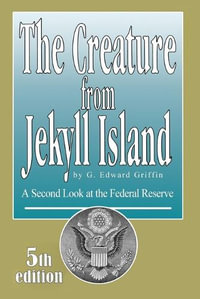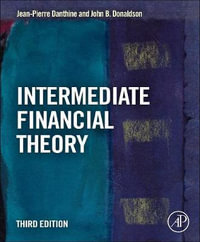Central banks in Great Britain and the United States arose early in the financial revolution. The Bank of England was created in 1694 while the first Banks of the United States appeared in 1791-1811 and 1816-36, and were followed by the Idependent Treasury, 1846-1914. These institutions, together with the Suffolk Bank and the New York Clearing House, exercised important central banking function before the creation of the Federal Reserve System in 1913. Significant monetary changes in the lives of these British and American institutions are examined within a framework that deals with the knowledge and behavior of central bankers and their interactions with economists and politicians. Central Bankers" behavior has shown considerable continuity in the influence of incentives and their interest in the stability of the financial markets. For example, the Federal Reserve"s behavior during the Great Depression, the low inflation of the 1990s, and its resurgence the next decade follow from its structure and from government pressures rather than accidents of personnel.
Industry Reviews
'The forces and personalities shaping the development of central banking are carefully detailed in this excellent and readable book on central banking in the United States and Great Britain.' Lee Hoskins, Former President, Federal Reserve Bank of Cleveland Lee Hoskins (Former President, Federal Reserve Bank of Cleveland), Lee Hoskins, Former President, Federal Reserve Bank of Cleveland 'The book is an ambitious and successful undertaking. It should be required reading for anyone concerned with monetary institutions and the battle between rules and discretion in policymaking. John H. Wood makes clear that the conflicts between rules and discretion will continue, and through his deft historical analysis he reminds us that the choices we make today will have important consequences for the future.' Edward Prescott, Nobel Laureate, Federal Reserve Bank of Minneapolis Edward Prescott (Nobel Laureate, Federal Reserve Bank of Minneapolis), Edward Prescott, Nobel Laureate, Federal Reserve Bank of Minneapolis 'By bringing the pieces together and focusing on the evolution of central bankers this book enables the reader to see the forest rather than the trees and to appreciate one of the successes of economics. This book will be a useful resource for both economic historians and monetary economists looking for a broad overview of the evolution of Anglo-American central banking and monetary theory.' Angela Redish, EH.Net Angela Redish (EH.Net), Angela Redish, EH.Net 'Economists and ordinary people have always found it difficult to understand central bankers. John H. Wood here provides a reason: central bankers themselves quite often did not fully understand their functions and the impacts of their decisions on macroeconomic outcomes. That finally has changed, Wood argues, because central banks now appear to have a 'contract' to provide price-level stability, and they can deliver on it. But the contract may be tenuous, as it is subject to political exigencies. Wood's rich history of British and American experience thus prepares us to think seriously about the future of central banking.' Richard Sylla, New York University 'John Wood has undertaken the ambitious and novel task of retelling the old story of central banking by juxtaposing the histories of the Bank of England and the Federal Reserve, including its precursors, with the object of revealing the similarities and diversities of the challenges as well as their responses. A distinctive and singular achievement.' Elmus Wicker, Indiana University Elmus Wicker (Elmus Wicker, Indiana University), Elmus Wicker, Indiana University 'The book does an excellent job in providing a coherent, detailed and readable account of the forces and personalities that have shaped the development of central banking in Britain and the United States.' Central Banking

























